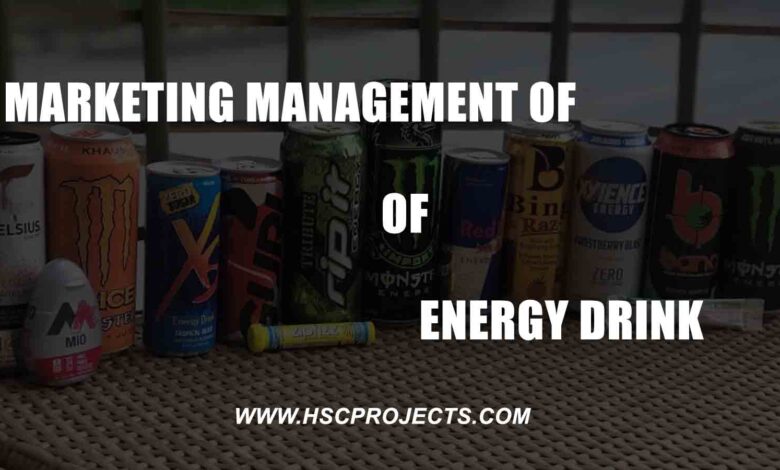
Marketing Management of Energy Drink – Business Studies Project
MARKETING
Marketing management is the directing of an organization’s resources to develop and implement the best possible strategy to reach its desired consumer segment to maximize sales of a particular product or service.
“Marketing management is the art and science of choosing target markets and getting, keeping, and growing customers through creating, delivering, and communicating superior customer value.
The concept reviews the process used to determine what products or services may be of interest to the customers and the strategy to use for the marketing mix.
CONCEPTS OF MARKETING
PRODUCTION CONCEPT
The production concept is used when the demand for a product is higher than its supply. The philosophy here is “supply creates its demand.” Therefore, the focus is on manufacturing more product to make sure it is widely available.
PRODUCT CONCEPT
Contrary to the production concept, this concept creates consumers value products of a higher quality as opposed to price and availability. Therefore, the focus is more on quality and less on quantity. The idea of the product concept is that if you are selling a product of greater quality, minimal marketing is required.
SELLING CONCEPT
Where the production and product concept focuses on manufacturing, the selling concept focuses on the making of an actual sale. The number one focuses on the manager is to make money, no matter the quality, needs of consumers, supply, or demand.
MARKETING CONCEPT
The marketing concept works on the philosophy that consumers buy products that fulfill their needs. A manager that takes the marketing approach will conduct extensive market research to determine the needs of consumers and how to fulfill them better than its competitions.
SOCIETAL CONCEPT
Marketing managers with this approach are also concerned about the well-being of society and feel a responsibility to tend to the world around them. The societal concept creates a balance of social and environmental welfare, customer relationships, and sales.
4 P’s
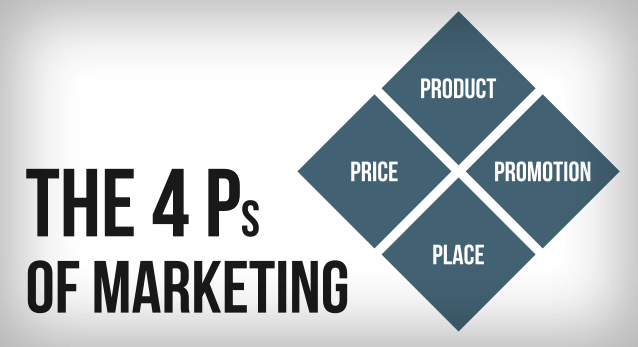
PRODUCT
The product is either a tangible good or an intangible service that seems to meet a specific customer need or demand. All products follow a logical product life cycle, and marketers need to understand and plan for the various stages and their unique challenges. It is key to understand those problems that the product is attempting to solve. The benefits offered by the product and all its features need to be understood, and the unique selling proposition of the product needs to be studied.
PRICE
Price comes the actual amount the end-user is expected to pay for a product. How a product is priced will directly affect how it sells. This is linked to what the perceived value of the product is to the customer rather than an objective costing of the product on offer. If a product is priced higher or lower than its perceived value, then it will not sell. This is why it is imperative to understand how a customer sees what you are selling.
PROMOTION
The marketing communication strategies and techniques all fall under the promotion heading. These may include advertising, sales promotions, social offers, and public relations. Whatever the channel used, it doesn’t have to be successful for the product, the price, and the end-user it is being marketed to. It is important to differentiate between marketing and promotion. Promotion is just the communication aspect of the entire marketing function.
PLACE
Place or placement has to do with how the product will be provided to the customer. Distribution is a key element of placement. The placement strategy will help assess what channel is the most suited to a product. How the user accesses a product also needs to compliment the rest of the product strategy.
INTRODUCTION
An energy drink is a type of drink containing stimulate drugs, usually including caffeine, which is marketed as providing mental and physical stimulation (marketed as “energy,” but distinct from food energy). They may or may not be carbonated, and many also contain sugar or other sweeteners, herbal extracts & taurine and amino acids. They are a subset of the larger group of energy products, which includes bars and gels, and distinct from sports drinks, which are advertised to enhance sports performance.
There are many brands and varieties in this drink category.
Coffee, tea, and other naturally caffeinated drinks are usually not considered energy drinks.
COMPETITORS
RED BULL
Red Bull is an energy drink sold by Red Bull GMBH, and Austrian company created in 1987. Red Bull has the highest market share of any energy drink in the world, with 6.302 billion cans sold in a year (as of 2017) Austrian entrepreneur Dietrich Mateschitz was inspired by an existing energy drink named rating Daeng, which was first introduced and sold in Thailand by chalet Yoouidhya. He named rating Daeng, which was first introduced and sold in Thailand.
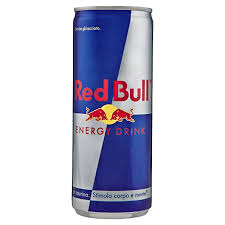
GATORADE
The Gatorade Company, in. It is an American manufacturer of sports-themed beverage and food products built around its signature line of sports drinks. Gatorade is currently manufactured by Pepsico and is distributed to over 80 countries. The beverage was first developed in 1965 by a team of researchers led by Dr. Robert Cade. It was originally made for the Gators at the University of Florida to replenish the carbohydrates that the school’s students-athletes burned and the combination of water and electrolytes that they lost in sweat during a rigorous sport activities

STING
Pepsico India Holdings Pvt. Ltd, the local arm of American food and beverages company PepsiCo Inc, has launched energy drink sting, one of its global brands, across organized retail outlets. This is the second attempt by PepsiCo to crack the energy drink market in India. It had, in 2008, launched to be which was withdrawn from the market soon after.
In India, Sting is available in 250 ml cans and will have less than 100 calories, said a Pepsico spokesperson.

BURN
The burn is an energy drink owned and distributed by The Coca Cola Company, carrying the official tagline “Fuel your fire.” The burn is distributed in more than 80 countries, including France, Spain, Italy, Poland, Turkey, Russia, Japan, Korea, Bolivia, Mexico, and Brazil.
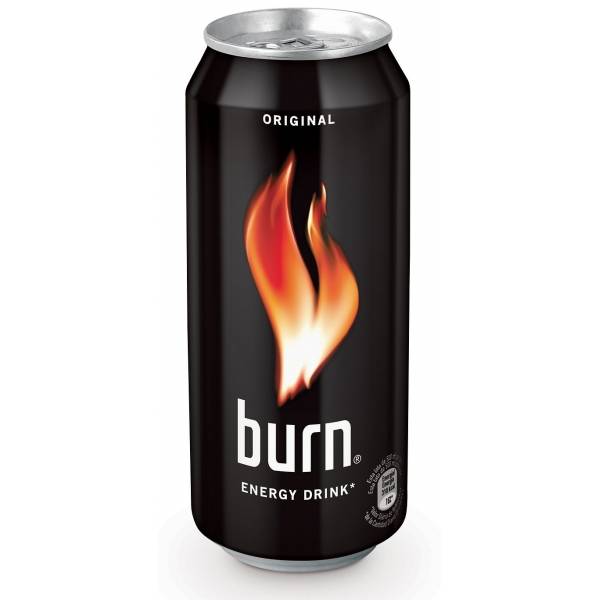
Flavors
- Original
- Juiced Energy
- Zero
- Passion Punch
- Lemon Ice
- Apple Kiwi
MONSTER
Monster Energy is an energy drink introduced by Hansen Natural Company (Monster Beverage Corporation) MNST in April 2002. The company is also known for supporting many extreme sports events such as Bellator MMA, Ultimate Fighting Championship, Moto GP, BMX, Motocross, Speedway, skateboarding, and Snowboarding, as well as electronic sports. In collaboration with Outbreak Presents, Monster Energy promotes several music brands around the world, like Fetty Wap, Iggy Azalea. Energy Drinks have been associated with health risks, such as masking the effects of intoxication when consumed with alcohol.
WHY ENERGY DRINK?
Adolescents widely consume energy drinks as the products claim to improve performances, endurance, and alertness. Increased urbanization, rising disposable income, and growing health consciousness among the Indian youth have increased the demand for non-carbonated drinks. At the same time, long and erratic working hours and the trends of social gatherings are driving Indian consumers towards the consumption of energy drinks, which are primarily classified as non-alcoholic, caffeinated beverages. However, health concerns regarding high sugar content restrict growth.
MY PRODUCT
NAME: Energex Energy Drink
TAGLINE: because power is a victory!
USP: Gives you natural energy and power to win.
PRICE: 255/- per 250 ml can.
VARIETY OF PRODUCT
LABEL:
- Green apple
- Black Currant
- Chilli guava
- Tangy Orange
- Nourishing graph
LOGO
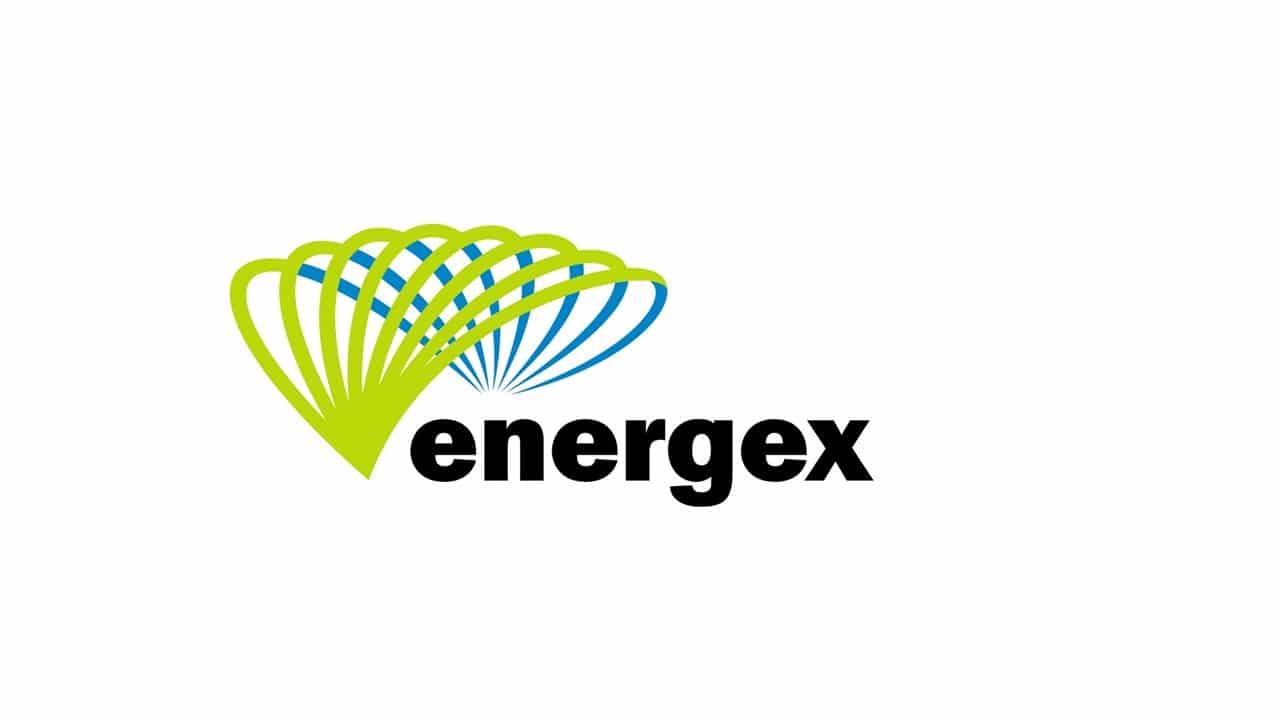
A logo is a combination of text and visual imagery that serves two purposes. It tells people the name of the company, and it creates a visual symbol that represents your business. Some logos have powerful symbolic association connected to people’s memory
Importance of a logo:
- Reveals your identity
- Invites new customers to get to know you
- Distinguishes you from the competition
- Facilitates brand loyalty
- Can be everywhere
LABELING
Display of information about a product on its container, packaging, or the product itself is known as labeling. For several types of consumer and industrial products, the type and extent of information that must be imparted by a label is government by the relevant safety and shipping laws.
Six qualities of a label design:
- The Right Material
- Colors That POP
- Great Graphics
- Readable, Eye-Catching Fonts
- Super Shapes
- Fabulous Finish
UNIQUE SELLING PROPOSITION
With so many businesses offering the same types of products and services, you can only win over your competition if your offer is available for a particular customer at a particular time, and there is not or if your product or service offers something that theirs does not. Chances are, your competitors offer are in the same marketplace as yours, so it is apparent that your means of survival is to be able to communicate to your target customers that what you are selling has certain features that cannot be found elsewhere. This is what we call a unique selling point or USP. Essentially, a USP is a summary of features that make your business unique to your target market.
SWOT Analysis
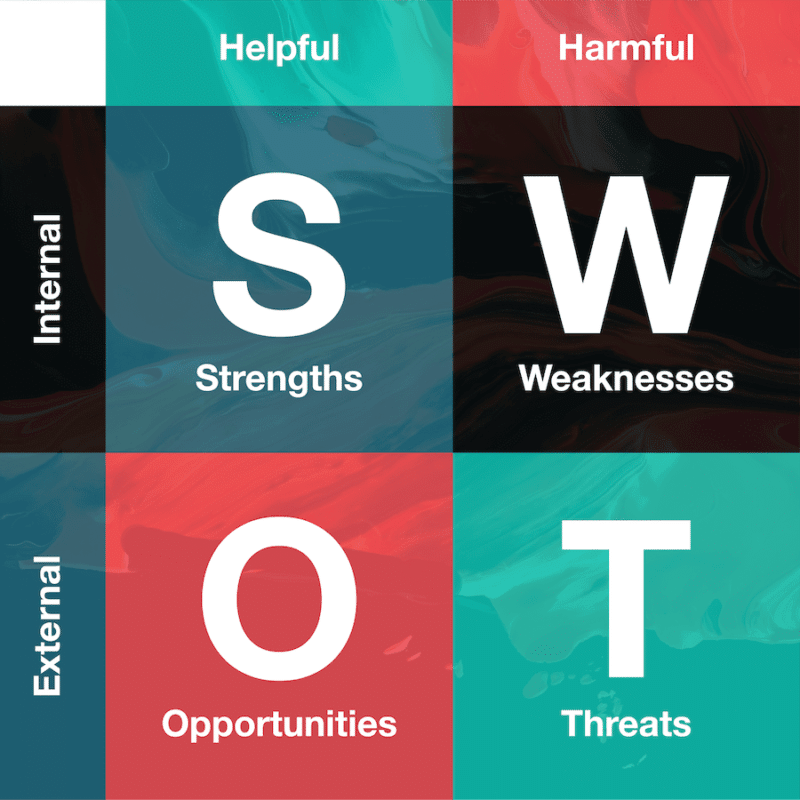
SWOT analysis is an analysis framework used to evaluate a company’s competitive position and stands for strengths & Weaknesses, Opportunities, and Threats. It is a tool that identifies the strengths, weaknesses, opportunities, and threats of a business.
- Strengths -> It describes the organization excels at and separates it from a competitive position.
- Weaknesses -> It stops an organization from performing at its optimum level.
- Opportunities -> It refers to favorable external factors that an organization can use to give it a competitive advantage.
- Threats -> It refers to factors that have the potential to harm an organization.
PERMISSIONS AND LICENSES
- FPO:
FPO mark is a certification mark mandatory on all processed products sold in India, such as packaged beverages, squash & following the food safety and standards act, 2006.
- TRADEMARK:
A trademark is a recognizable insignia, phrase, or symbol that denotes a specific product or service and legally differentiates it from all other products.
- PAN number:
Permanent Account Number (PAN) is a code that acts as an identification for individuals’ families and corporates, especially those who pay Income Tax. The Indian Income Tax Department issues it.
BRANDING
The process includes creating a unique name and image for a product in the consumer’s mind, mainly through advertising campaigns with a consistent theme. Branding aims to establish a significant and differentiated presence in the market that attracts and retains loyal consumers.
- Branding promotes recognition
- A Brand sets us apart from the competition
- Strong Branding generates referrals
- Branding sets expectations
- A strong brand Adds value.
GRADING

Grading is the process of sorting individual units of a product into well-defined classes or grades of quality. The goods are graded or sorted out into different lots following the specified standards. The established standards lay down the grades of the product. In the case of manufactured goods, goods can be of uniform quality. But agricultural products like fruits and vegetables, etc. vary in quality. Therefore, classes or grades of quality are set, and different units of the product are sorted into the established standard grades. Thus, grading involves the division of products into classes.
PACKAGING
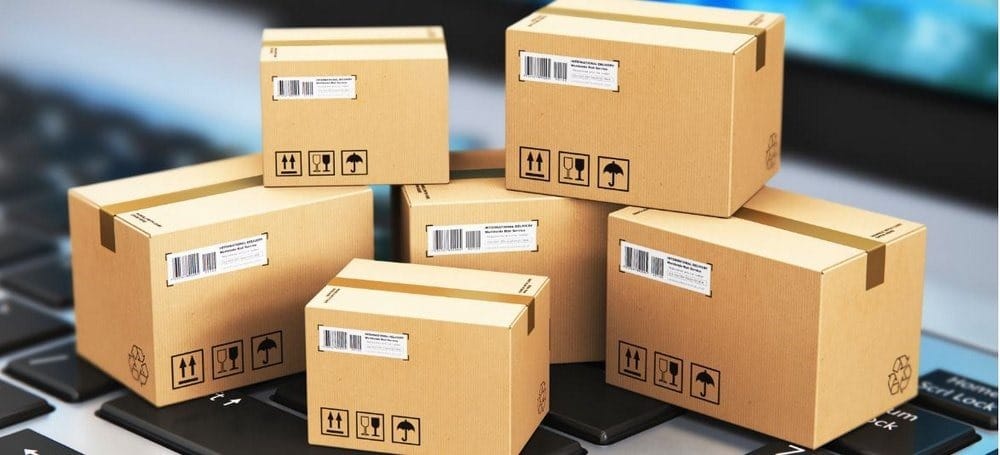
Packaging refers to the process of designing the package, such as containers, wrappers, etc. It plays a very significant role in the marketing success of failure.
LEVELS Of PACKAGING
- Primary packaging → It refers to the product’s immediate package. In certain cases, such a package is retained until the consumer is ready to use the product.
- Secondary Packaging → It is the additional packaging given to a product to protect it. Such packaging is retained until the consumer wants to start using the product.
- Transportation Packaging → It refers to packages essential for storing, identifying, or transporting.
CHANNELS OF DISTRIBUTION
A distribution channel is a chain of businesses or intermediaries through which a good or service passes until it reaches the end consumer. It can include wholesalers, retailers, distributors, and even the internet itself. The first channel is the longest; in that, it includes all four, from producer to the end consumer. The end and the adult beverage industry is a perfect example.
The second channel is one where the producer sells directly to a retailer, who then sells the producer’s product to the end consumer. The third and final channel is direct to consumer model, where the producer sells its product directly to the end consumer.
WAREHOUSING AND TRANSPORTATION
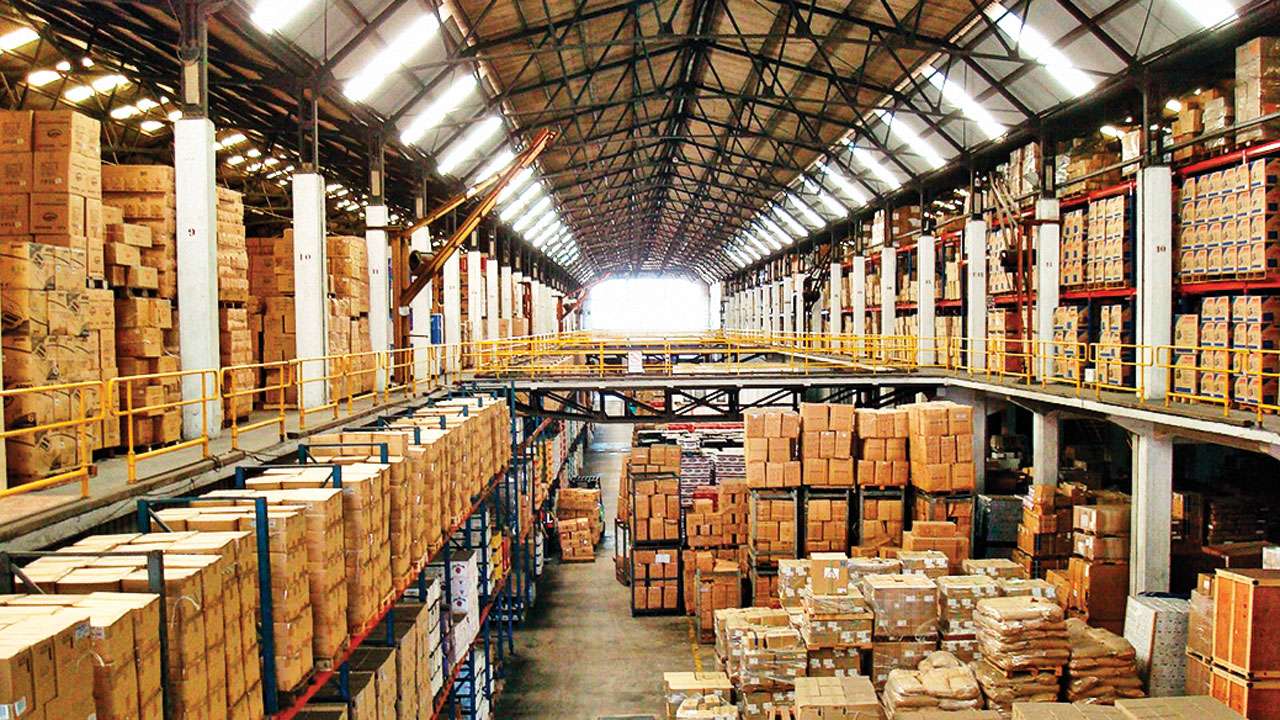
Warehousing is a key component of the overall business supply chain. The supply chain consists of the facilities and distribution options for the procurement of materials from the manufacturer to consumers and all points in between. It includes the production of materials into components and finished products and then the distribution to customers.
Weekly orders would be dispatched for local retailers and shop owners from the centralized distribution center. While monthly stock would be updated at the centralized stock center. Depending upon the location, quantity, and availability, the mode of transportation is selected.
PROMOTION
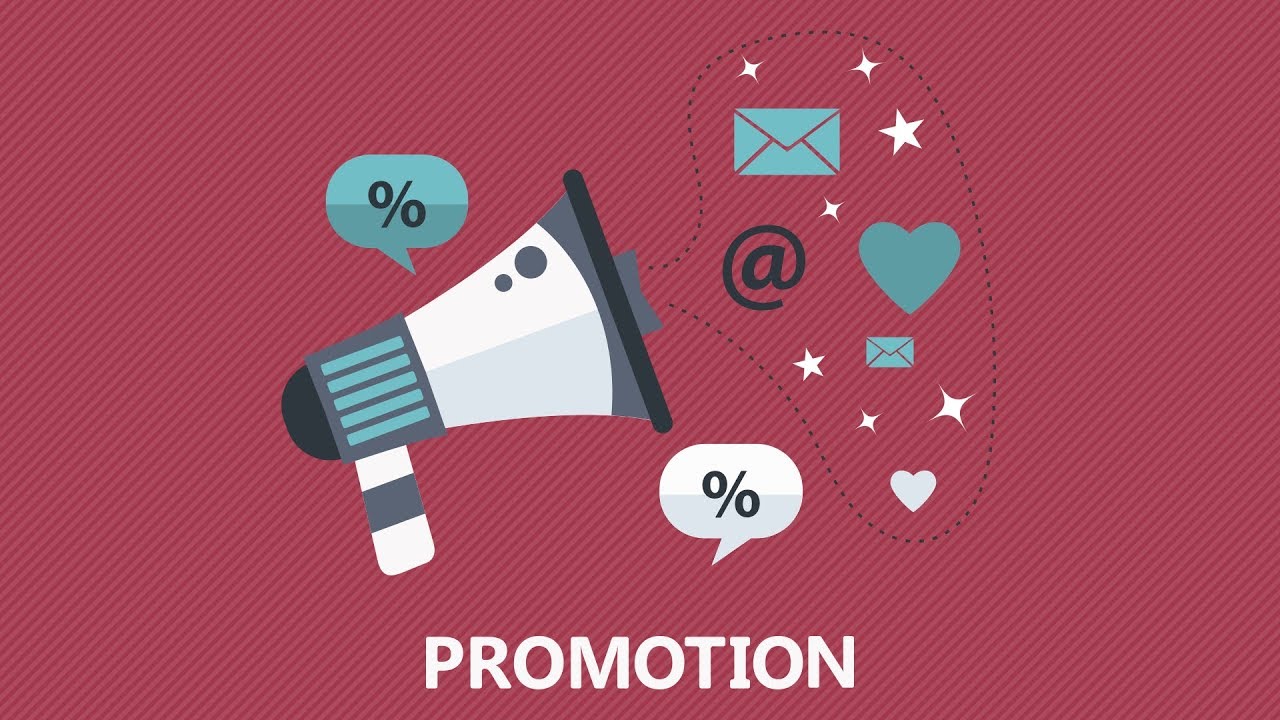
Promotions refer to the entire set of activities, which communicate the product, brand, or service to the user. The idea is to make people aware, attract, and induce to buy the product, in preference to others:
- Branding at prime locations with hoardings.
- Celebrity endorsement
- Sponsoring a charity event
- Workshops to be organized at colleges, gyms, sports complexes, fitness centers to spread awareness of our product.
- Discount to be given if a user can is returned.
SOCIAL MESSAGE
- We’ll use organic and natural sources of nutrients to manufacture our product for the benefit of society.
- An adequate percentage of our profit will be donated to physically disabled people.
- Every year some of the energy drinks will be distributed in orphanages for free.
- The packaging will be made of recyclable tin.
CONCLUSION
From this marketing research, I have understood the importance of the marketing mix. I have learned to take the decisions regarding the 4P’s of marketing the following things too:
- Gathering information and analyzing the market.
- How to design a product
- Branding, labeling, and packaging of a product
- Pricing a product
- Marketing and promotion of a product.
ACKNOWLEDGMENT
I would like to express my special thanks of gratitude to my teacher as well as our principal who gave me the golden opportunity to do this wonderful project on the topic – Energy drink, which also helped me in doing a lot of research and I came to know about so many new things. I am thankful to them. Secondly, I would also like to thank my parents and friends who helped me a lot in finalizing this project within the limited time frame.
CERTIFICATE
This is to certify that of class XII has completed his project under my supervision. He has taken proper care and shown almost sincerity in the completion of this project, and I certify that this project is up to my expectations and as per the guidelines issued by CBSE.
Teacher’s Examiner’s
Signature SignatureMarketing Management of Beverages – Business Studies Project
BIBLIOGRAPHY
- http://www.textart.ru/aduentisuig/slogausenergy-drinks.html
- http://www.stylecraze.com/articles/envigy-drinks#gref.
- http://www.google.co.in/search?9=energy&drinkstintindia&og=ene&aqs.chrome&ie=UTF-8
- http://www.stylecrazeIrticlsIdueireles#gfrg.co/in.
- http://www.google.co.im search?q=energydrink-OanUKEwim5ba47pPldAhUWS18KNIKLSOMbiw=1366.
DOWNLOAD PDF OF THE PROJECT
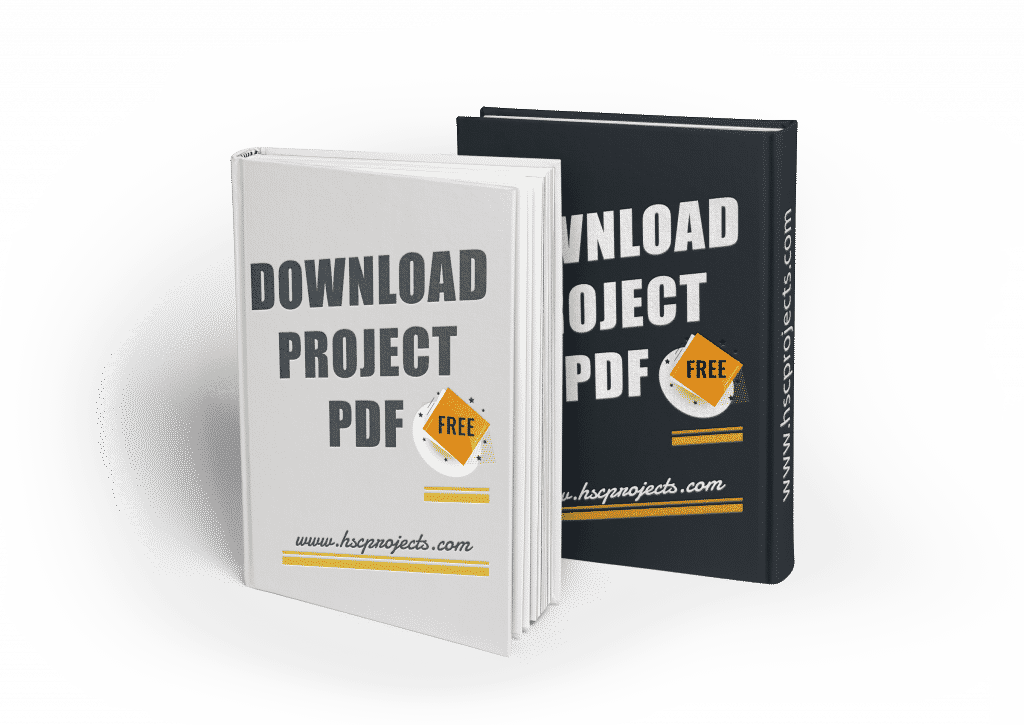
Password: hscprojects.com
In order to download the PDF, You must follow on Youtube. Once done, Click on Submit
Follow On YoutubeSubscribed? Click on Confirm
Download Marketing Management of Energy Drink – Business Studies Project PDF


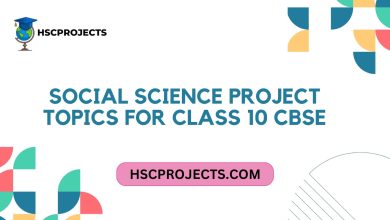




very nice writing